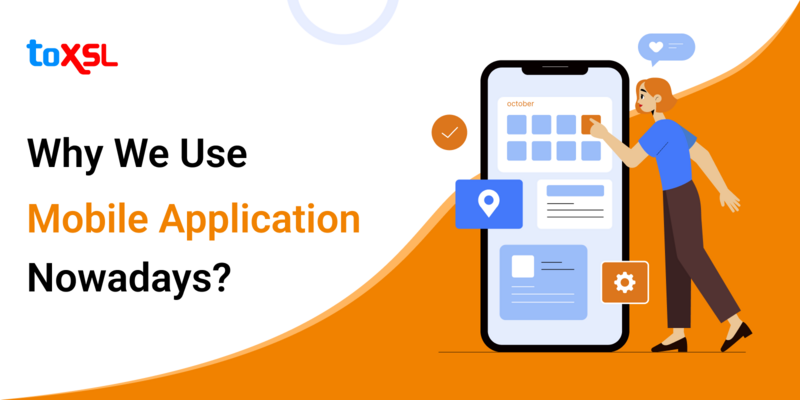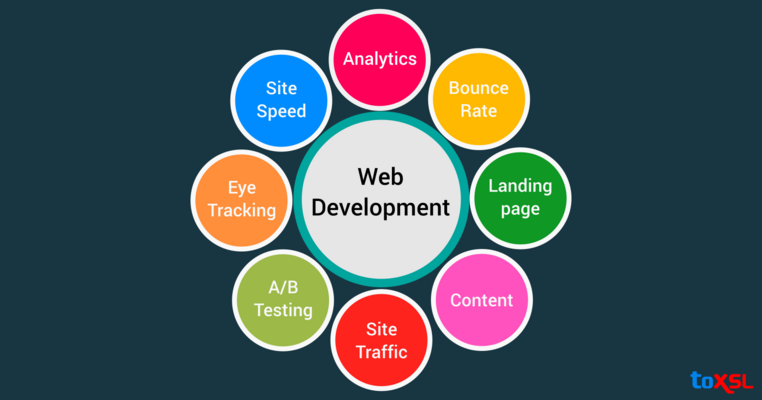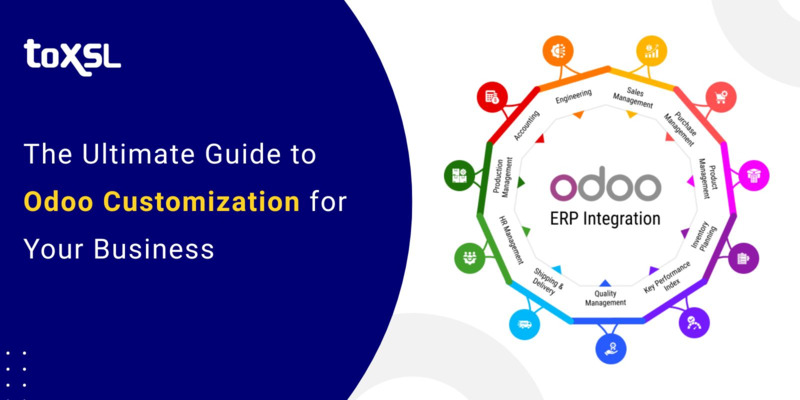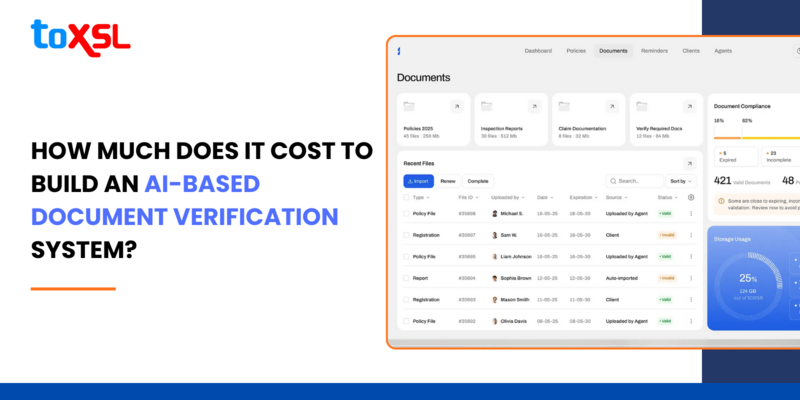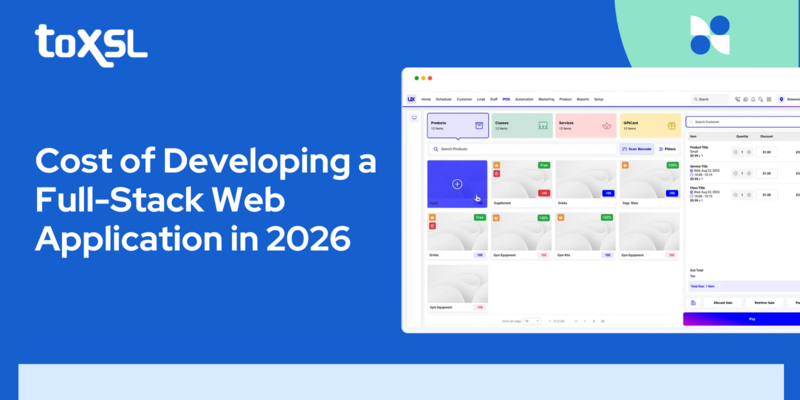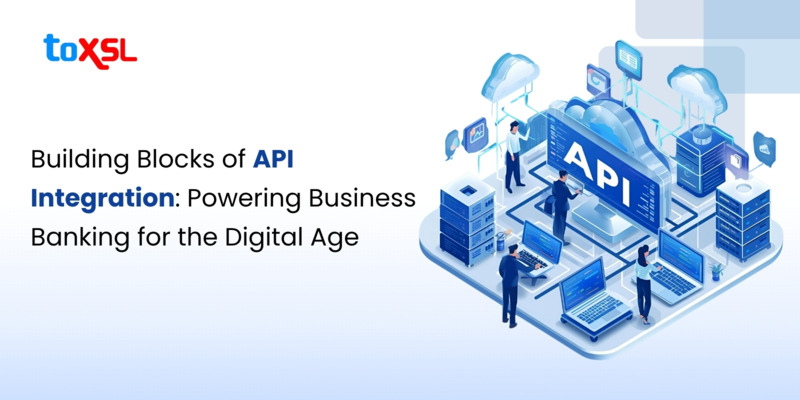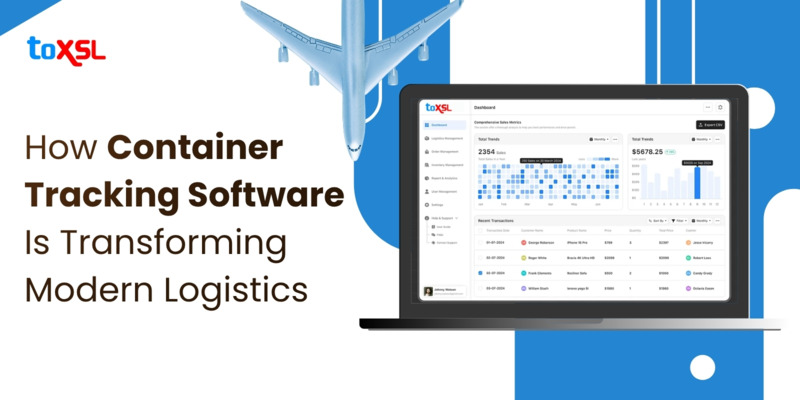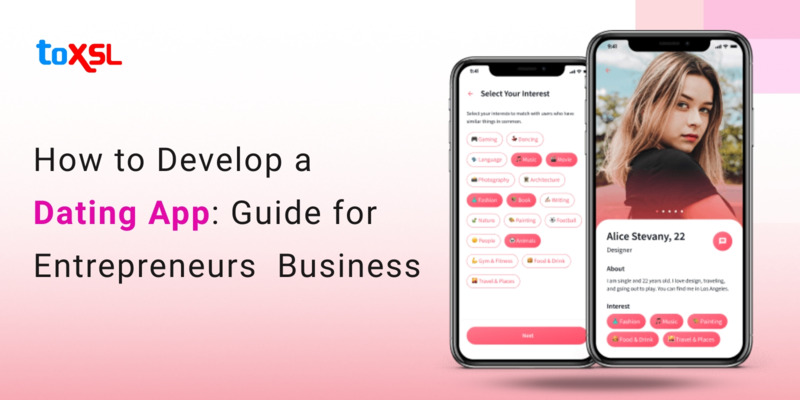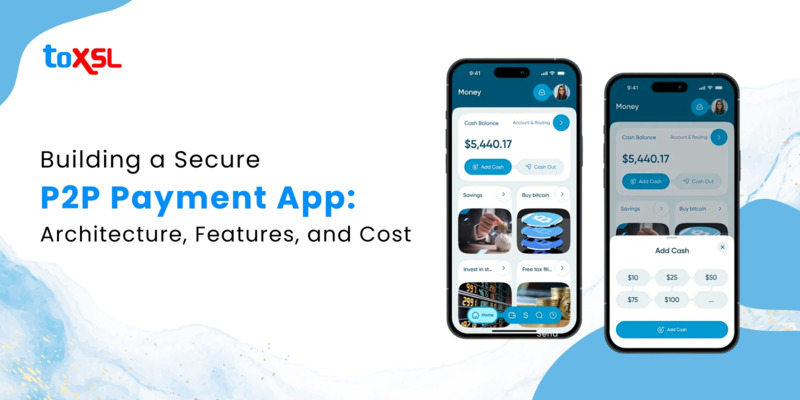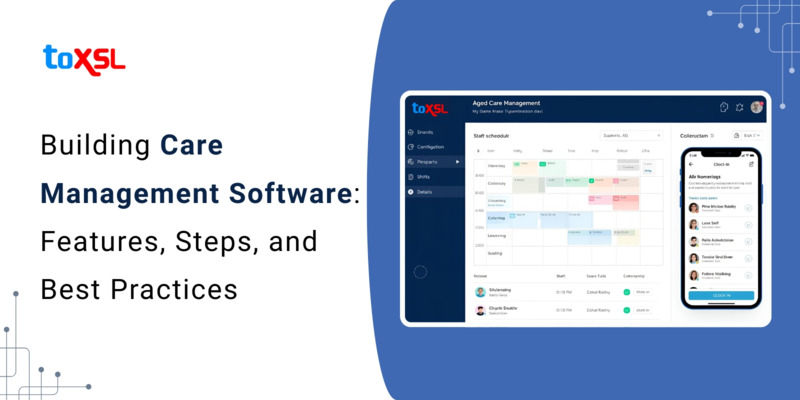- Dec 04, 2025
Share this post on:
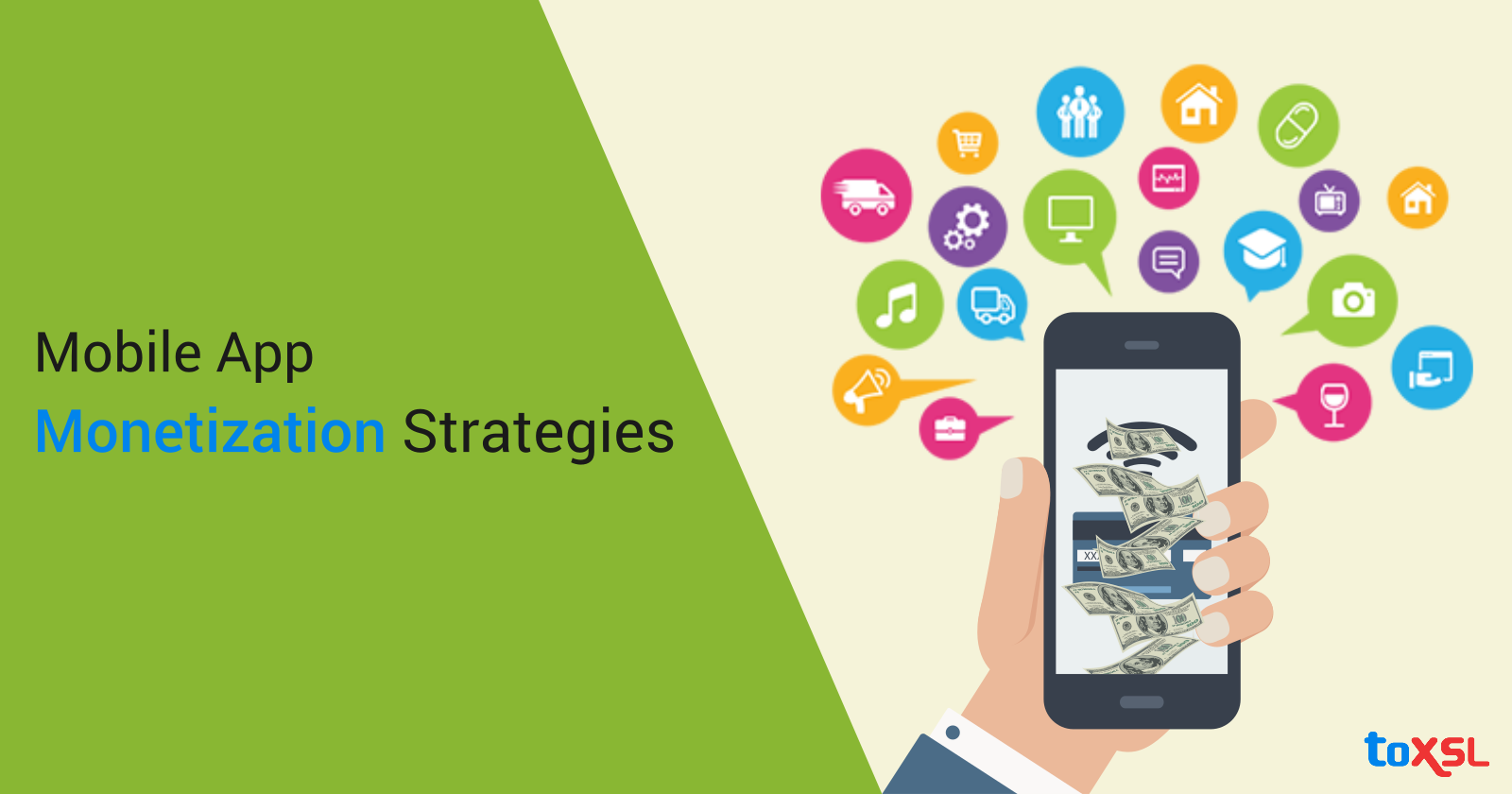
Mobile applications have made lives simpler for a vast majority of people. Be it ordering groceries from an eCommerce store, paying bills, or booking tickets, mobile applications have made people use the web in an ideal way. However, the story is not so easy for the individuals who develop these applications. The reason being mobile application monetization i.e. earning money from apps is swinging to be a tough nut to crack. As a result of this extreme competition, customers get to download these mobile applications for free.
In addition, owners are mostly utilizing these applications for brand building exercise or for increasing product awareness. Therefore, there is massive scope for organizations creating mobile applications to discover new ways and intends to acquire income. As per Gartner, the success rate of mobile applications gaining income will be down to 0.01 percent through 2018 in spite of the fact stated by Statista that aggregate mobile downloads every year have demonstrated an incredible increment, 149.3 billion in 2016.
Does this mean organizations building such applications should accept this inevitable fact and surrender? The appropriate response is an insistent NO for there are sound strategies to create income if they are actualized legitimately as explained beneath.
The ‘freemium’ route: Developers can offer clients to download their applications for free yet make them 'premium' or paid for specific features. This is ostensibly a standout amongst the most prevalent methods for ensuring mobile app monetization. The catch is to give clients a chance to have a stunning experience by enjoying a couple of features for free. In this manner, once their interest and enthusiasm for the application achieve a specific level they won't dither to pay for top-notch features and services.
Multiple pay options: Clients ought to be given various payment choices to get to certain top-notch features of the application. For example, services A, B, and C can have diverse prices with at least two of them clubbed at a lesser cost. This methodology was utilized by The Economist for their different memberships. It was discovered that clients selected the ones that were clubbed yet offered at a lesser price.
Use of SMS: This includes requesting clients enter their mobile numbers while utilizing the application. The mobile numbers can be later utilized for brand promotion or getting feedback from clients using SMSs. These SMSs are used to attract the users to the company and offer its various products and services.
Use of paywalls: Relatively like the freemium course however rather than features developers engaged with mobile app development let clients see just a particular content for free. And, to see the remaining content customers need to buy the application for a charge. This model often prompts users to search for tips on how to get through paywalls, which further highlights the importance of offering clear value behind the paid content.
The partnership route: A partnership can be done with organizations that offer similar services or oblige a similar client base. The services of such organizations can be incorporated into the application against a charge.
The paid route: This model is just for niche clients who require the features and content of an application, and won't agree to anything less even if offered for free. Most gaming applications fall into this category.
Picking techniques for the mobile app monetization is never an instance of one size fits all except picking the correct one that suits the client base and business objectives of the organization in an ideal way. Therefore, to find out more about mobile app monetization and different topics related to web design and development, mobile app development services, IoT app development and testing services, hire a professional and experienced web development company.




